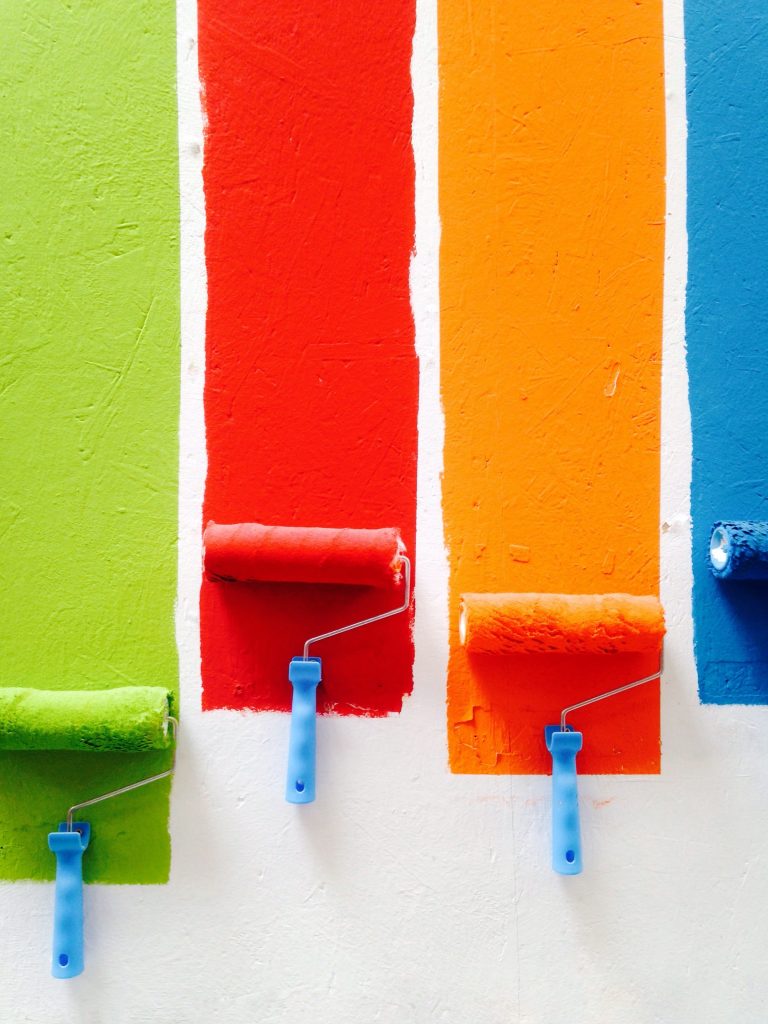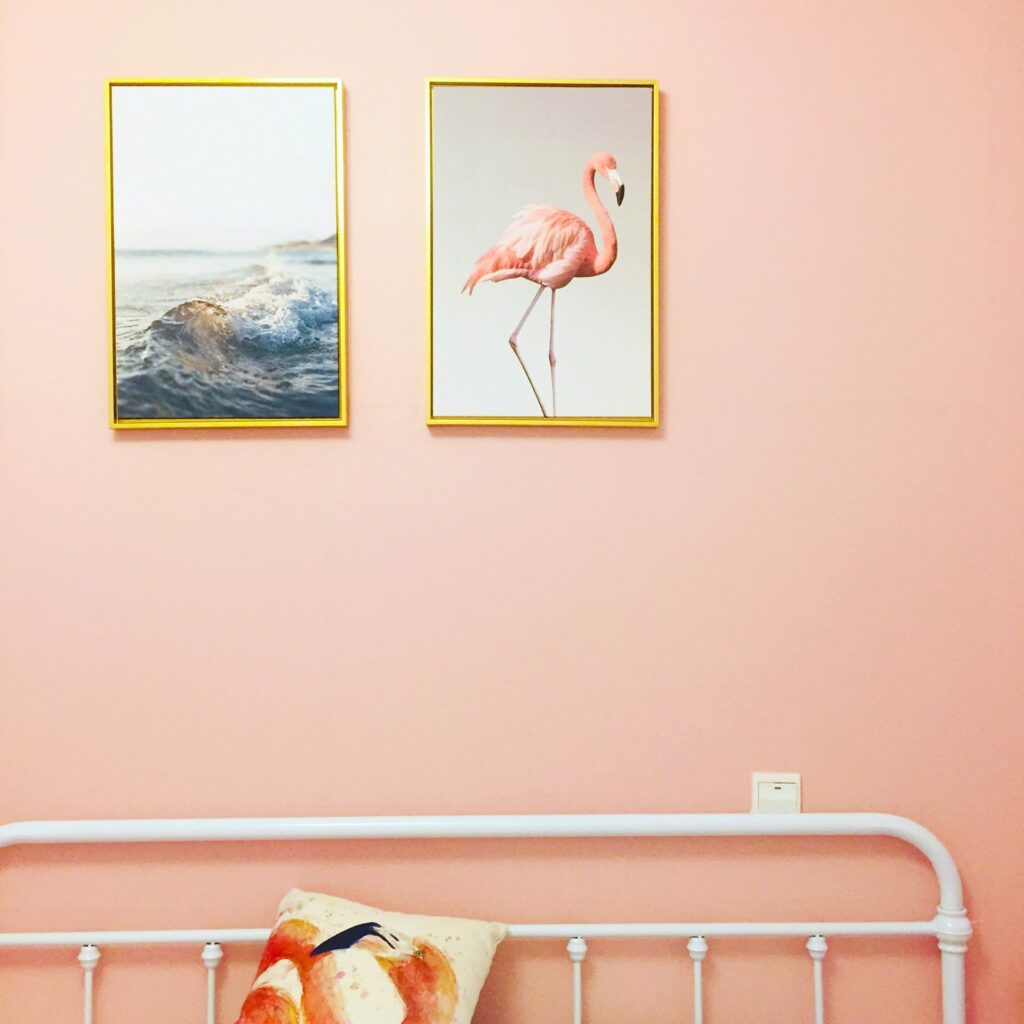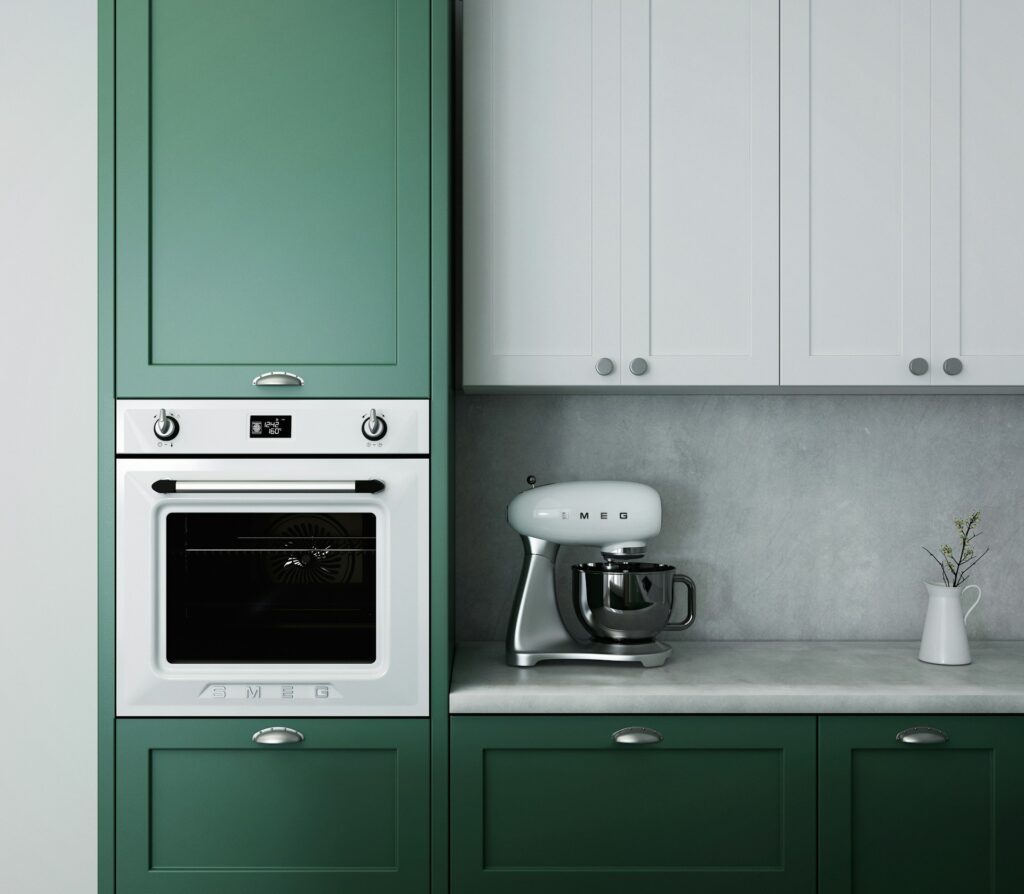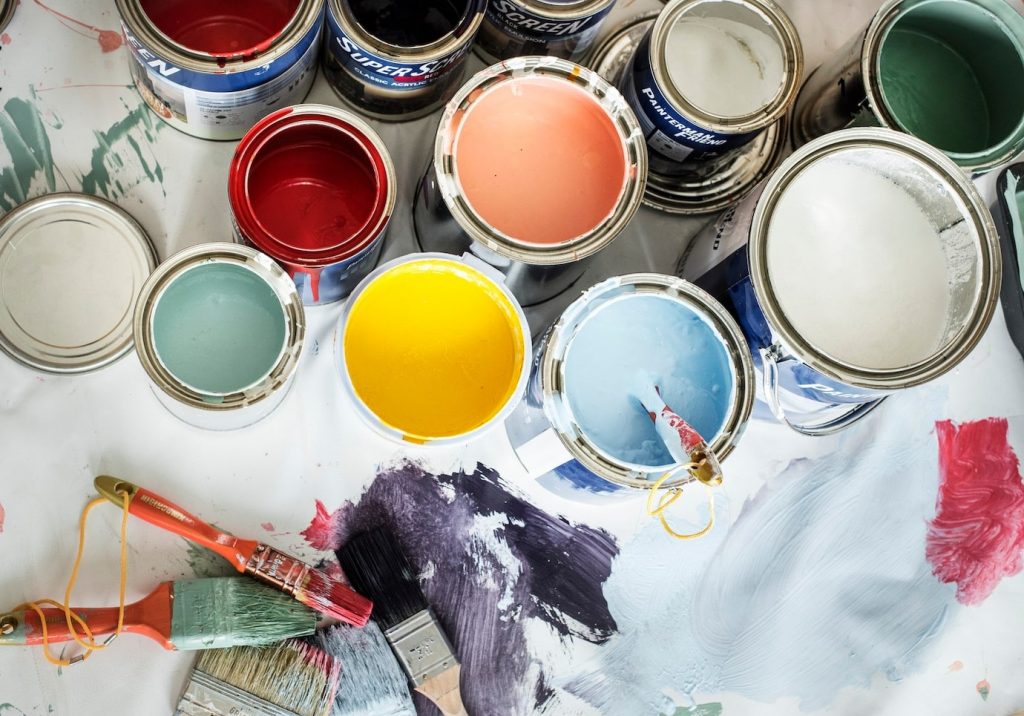
Choosing the right colors for a commercial painting project can be a daunting task. Whether you’re revamping an office space, renovating a retail store, or giving a facelift to a restaurant, the colors you select can significantly impact the ambiance and overall success of the project.
To help you navigate this crucial decision-making process, we’ve compiled six techniques that will serve as your practical guide to selecting the perfect colors for your commercial space.
- Understanding the Psychology of Color
Before diving into the vast array of color options, it’s essential to understand the psychology behind colors. Different hues evoke various emotions and reactions in people. For example, blue is often associated with tranquility and professionalism, making it an ideal choice for office environments. On the other hand, vibrant colors like red or yellow can create a sense of energy and excitement, perfect for retail spaces or restaurants aiming to attract attention.
- Assessing the Brand Identity
One of the first steps in selecting colors for a commercial space is to consider the brand identity. The colors you choose should reflect the brand’s personality, values, and target audience. Take into account existing brand elements such as logos, signage, and marketing materials. By aligning the paint colors with the brand identity, you can reinforce brand recognition and create a cohesive experience for customers and employees alike.
- Considering Lighting Conditions
Lighting plays a significant role in how colors are perceived within a space. Natural light, artificial light sources, and even the direction of light can affect the appearance of paint colors. Before making a final decision, consider how the lighting conditions in the commercial space will impact the chosen colors. It’s advisable to test paint samples under different lighting conditions to ensure they maintain their intended look throughout the day.
- Exploring Color Schemes
When choosing colors for your commercial space, it’s helpful to explore various color schemes to achieve the desired atmosphere. Popular color schemes include monochromatic, analogous, complementary, and triadic. Each scheme offers a different aesthetic and can be tailored to suit the specific needs of your project.
- Seeking Professional Advice
While it’s tempting to rely solely on personal preferences when selecting paint colors, seeking professional advice can provide valuable insights and expertise. Professional painters and color consultants have experience working with different spaces and can offer recommendations based on industry best practices and trends. They can also provide guidance on color selection, finish options, and practical considerations such as durability and maintenance.
- Testing and Sampling
Before committing to a full-scale paint job, it’s essential to test and sample your chosen colors in the actual space. Painting small sections or using large swatches can help visualize how the colors will look once applied to the walls. Pay attention to how the colors interact with existing furnishings, fixtures, and architectural elements. Additionally, consider how the colors will flow from one area to another within the space.
Bottomline
Choosing the right colors for a commercial painting project requires careful consideration and planning. By understanding the psychology of color, assessing brand identity, considering lighting conditions, exploring color schemes, seeking professional advice, and testing and sampling, you can ensure a successful outcome that enhances the overall ambiance and functionality of the space.







